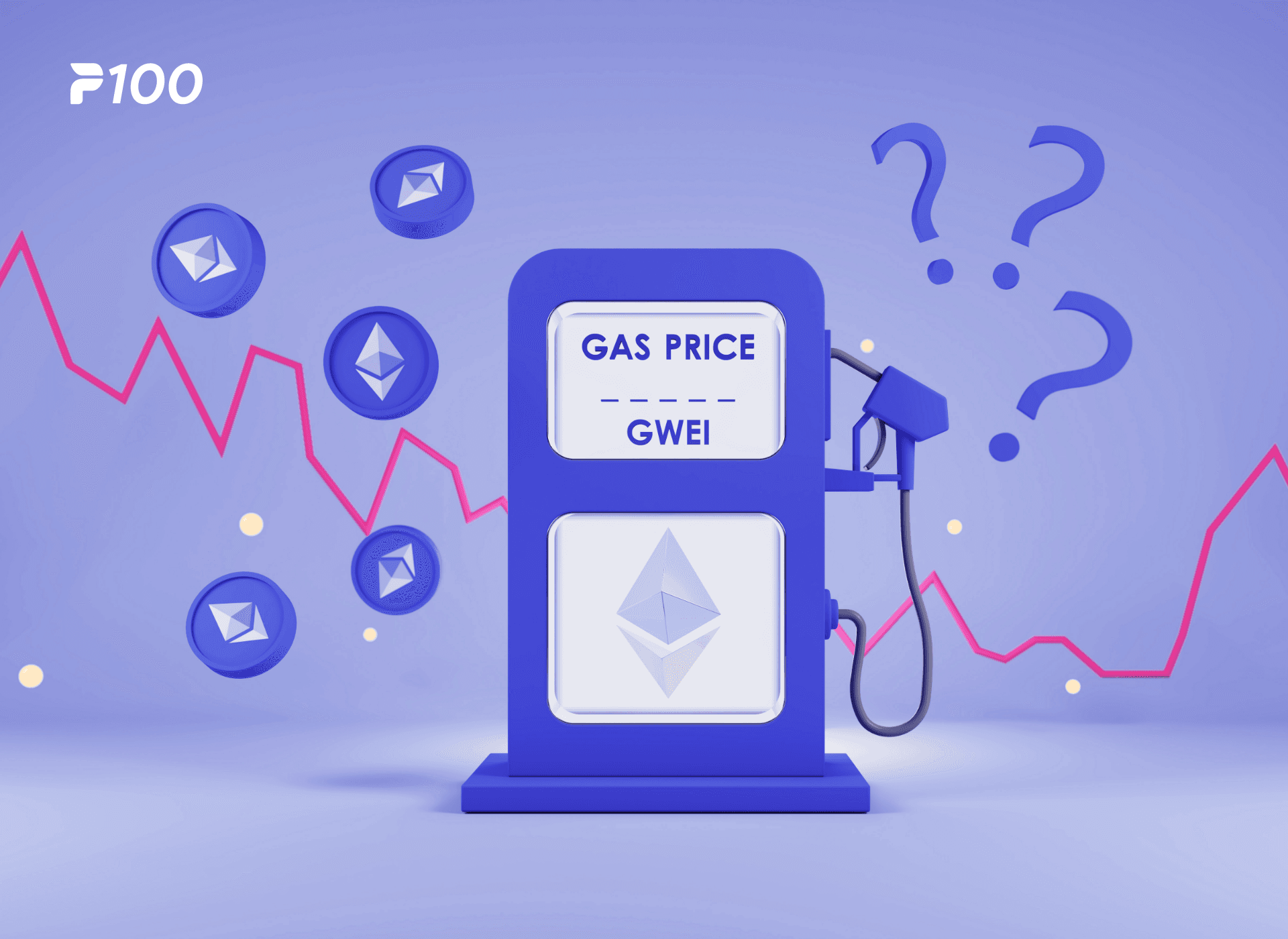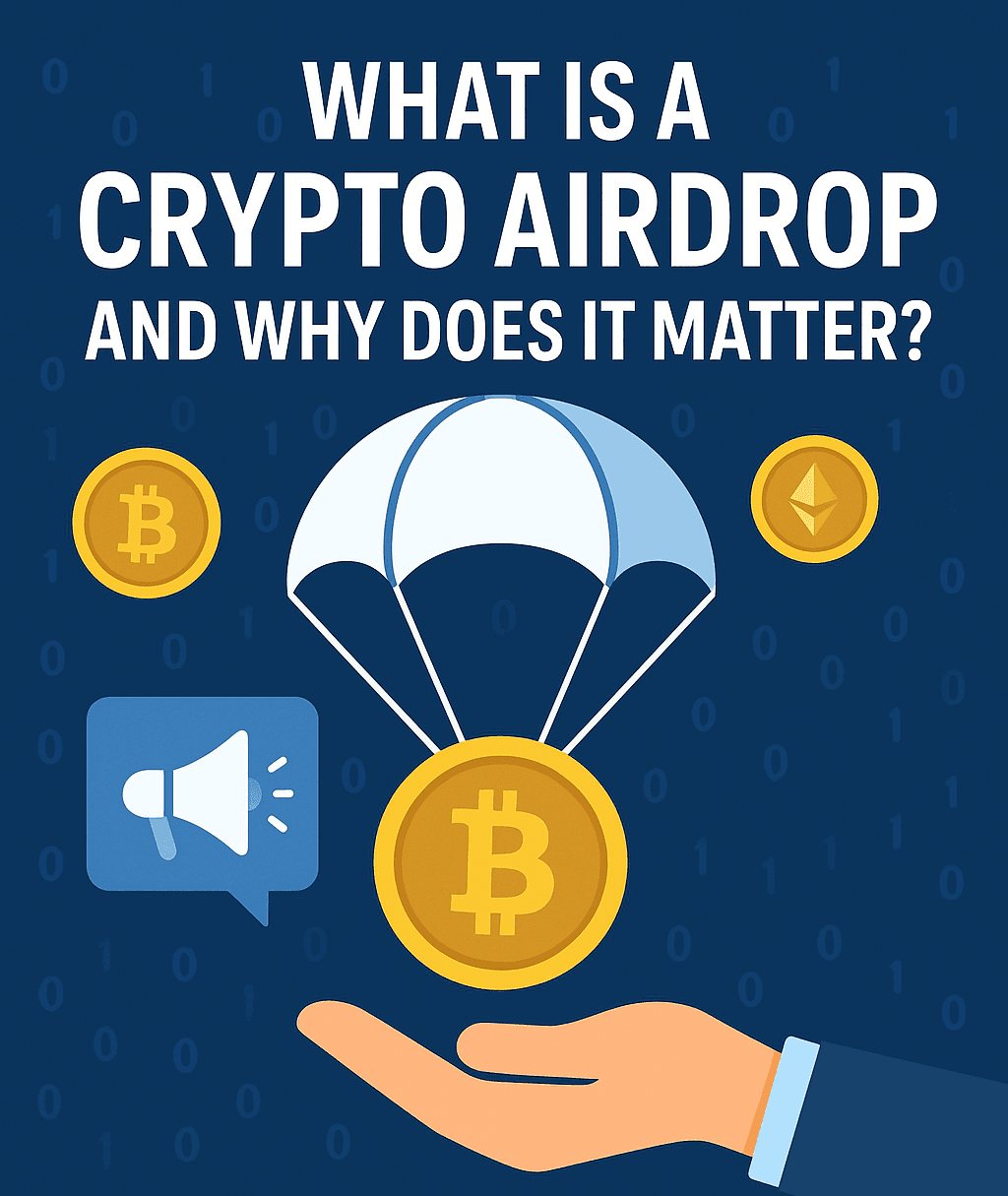Disclaimer: This article is for informational and educational purposes only. It does not constitute financial, investment, or legal advice. The cryptocurrency market is highly volatile, and you should always conduct your own research (DYOR) and consult with a qualified professional before making any investment decisions.
What Are Smart Contracts On Blockchain?
Have you ever wondered why so many of our agreements, from buying a house to starting a business, are bogged down by paperwork, middlemen, and endless fees? The issue often boils down to a single word: trust. We rely on lawyers, banks, and brokers to ensure everyone plays by the rules. But what if the rules themselves—the very logic of an agreement—could be enforced automatically and transparently? This is the revolutionary idea behind what are smart contracts in crypto.

Think of a smart contract like a high-tech vending machine. If you insert the correct amount of money (the condition), the machine is programmed to dispense your chosen snack (the outcome). You don’t need to trust the machine’s owner; you trust its code. This is the essence of smart contracts explained: code that acts as an unbreakable promise. These programs are stored on a blockchain and automatically execute when predetermined conditions are met, acting as the engine that makes the decentralized world run.
How Smart Contracts Operate on the Blockchain Network
To truly grasp what are smart contracts in blockchain, we need to see how they operate. The process is elegant in its logic and unfolds in three key stages:
- Coding the Agreement: Developers write the terms of an agreement (e.g., “If Alice pays Bob 1 ETH, then transfer ownership of NFT #123 to Alice”) into a programming language like Solidity.
- Deploying to the Blockchain: This code is then deployed to a blockchain smart contracts network like Ethereum. Once deployed, it’s assigned a unique address and becomes a permanent part of the ledger.
- Automatic Execution: The smart contract now sits on the network, waiting for conditions to be met. Anyone can view its code and transaction history using a tool that answers the question, “What is a blockchain explorer?“. When the required trigger occurs, the contract executes its programmed instructions automatically, without any human intervention.
Because they live on the blockchain, these contracts inherit its core properties: they are immutable and distributed, making them incredibly secure and transparent.
The Evolution and Technological Growth of Smart Contracts
While they feel like a recent innovation, the concept of smart contracts has been around for decades. The idea was first proposed by computer scientist Nick Szabo back in the 1990s. However, the technology to support them didn’t exist yet.
The real breakthrough came with the launch of Ethereum in 2015. Ethereum was the first blockchain designed specifically to support crypto smart contracts, providing the Turing-complete programming environment needed to bring Szabo’s vision to life. From what I’ve seen in the market, this was the single most important catalyst for the explosion of innovation in DeFi, NFTs, and the entire Web3 space.
Real-World Use Cases and Applications of Smart Contracts
The practical applications of smart contracts blockchain technology are already transforming industries. Answering the question of what are smart contracts used for reveals a world of innovation far beyond just a smart contract cryptocurrency.
- Decentralized Finance (DeFi): Smart contracts power everything from decentralized exchanges to lending protocols, allowing users to trade, borrow, and lend without a bank.
- Non-Fungible Tokens (NFTs): Every NFT is governed by a token smart contract. This code defines its unique properties, verifies its ownership, and enforces the rules of its transfer.
- Token Distribution and Airdrops: Wondering what is crypto airdrop? It’s an automated distribution process, run by a smart contract, that sends new tokens to thousands of wallet addresses at once, often as a marketing or community-building event.
- Supply Chain Management: Companies can use smart contracts to track goods from the factory to the shelf, creating a transparent and tamper-proof record.
- Insurance: Automated insurance policies can pay out claims instantly once a verifiable event is confirmed by a trusted data source.
For a deeper technical dive, the official Ethereum.org website offers excellent documentation on how these foundational pieces of technology are built.
Key Benefits and Limitations of Using Smart Contracts
Like any powerful technology, smart contracts come with a distinct set of pros and cons. Understanding both sides is crucial for a balanced perspective.
Benefits:
- Speed and Efficiency: By removing intermediaries, smart contracts automate processes and settle agreements almost instantly.
- Trust and Transparency: All parties can view the contract’s code and its transaction history, ensuring fairness and eliminating disputes.
- Security: Their cryptographic encryption and distribution across the network make them extremely difficult to hack or manipulate.
- Cost Savings: They significantly reduce or eliminate the need for costly legal and administrative services.
Limitations:
- Rigidity: If there’s a bug in the code of a smart contract in blockchain, it can’t be easily fixed, potentially leading to lost funds.
- Complexity: A common mistake is underestimating the difficulty of writing secure smart contract code. It requires deep expertise.
- The Oracle Problem: Smart contracts need external services called “oracles” to feed them real-world data, which can be a point of failure.
- Exploitation Risks (MEV): The public nature of pending transactions can be exploited. This has led to complex issues that answer What is Maximal Extractable Value?—where bots or miners reorder transactions to extract profit from users’ smart contract interactions, creating an invisible cost.
How Smart Contracts Are Transforming Global Industries
The impact of smart contracts in blockchain extends far beyond the crypto world. They are poised to fundamentally rewire how entire industries operate by introducing a new layer of automated trust, from finance and real estate to entertainment and healthcare. What’s truly fascinating from a technical standpoint is that we are just scratching the surface of what these autonomous programs can do.
Example Scenarios: How a Smart Contract Works in Practice
Let’s make the smart contracts definition crystal clear with a simple, practical example: a crowdfunding campaign using a smart contract crypto.
- Setup: A project creator deploys a smart contract with two core rules: a funding goal of $50,000 and a 30-day deadline.
- Funding: Backers send their contributions directly to the smart contract’s address, which holds the funds in escrow.
- Execution (Scenario A – Success): The campaign raises $60,000. Because the condition is met, the smart contract automatically releases the entire amount to the project creator.
- Execution (Scenario B – Failure): The campaign only raises $40,000. Because the condition was not met, the contract automatically returns the exact contribution amount to each backer.
In both cases, the process is fast, transparent, and guaranteed by code. For a look at how this logic is applied in the real world, major outlets like CoinDesk provide excellent explainers on DeFi applications.
Why Smart Contracts Matter in the Future of Digital Agreements
So, why should you care about what is smart contracts? Because they represent a monumental shift in how we agree on and enforce value. We are moving from a system based on trusting people to one based on verifying code. This paves the way for a more automated, efficient, and globally accessible economy.
Key Components That Make Up a Smart Contract
At their core, smart contracts are like mini-applications that live on the blockchain. They are made up of a few key components: an address (its location), state (the data it stores), functions (the actions it can perform), and events (how it communicates).
Final Thoughts: The Future Role of Smart Contracts in Blockchain Technology
Smart contracts are not just a feature of blockchain; they are its most powerful capability. They are the fundamental building blocks that enable nearly everything we find exciting in the Web3 space. To begin interacting with this world, you first need the underlying crypto assets, often acquired through accessible retail platforms like Zavros Network. From there, the journey into the automated, trustless future powered by smart contracts truly begins. These self-executing agreements are set to become an indispensable part of our digital lives, automating trust and unlocking a new era of permissionless innovation.
About the Author
Alex Carter is an on-chain analyst and crypto strategist with over six years of experience specializing in protocol analysis, decentralized finance (DeFi), and on-chain security. After beginning his career in cybersecurity, Alex pivoted to Web3 in 2018, fascinated by the complex economic interactions within blockchain ecosystems. He has published numerous analyses on MEV strategies and their impact on users, advocating for greater transparency and the adoption of protective technologies. Alex is a firm believer in a security-first, research-driven approach to the crypto space.





